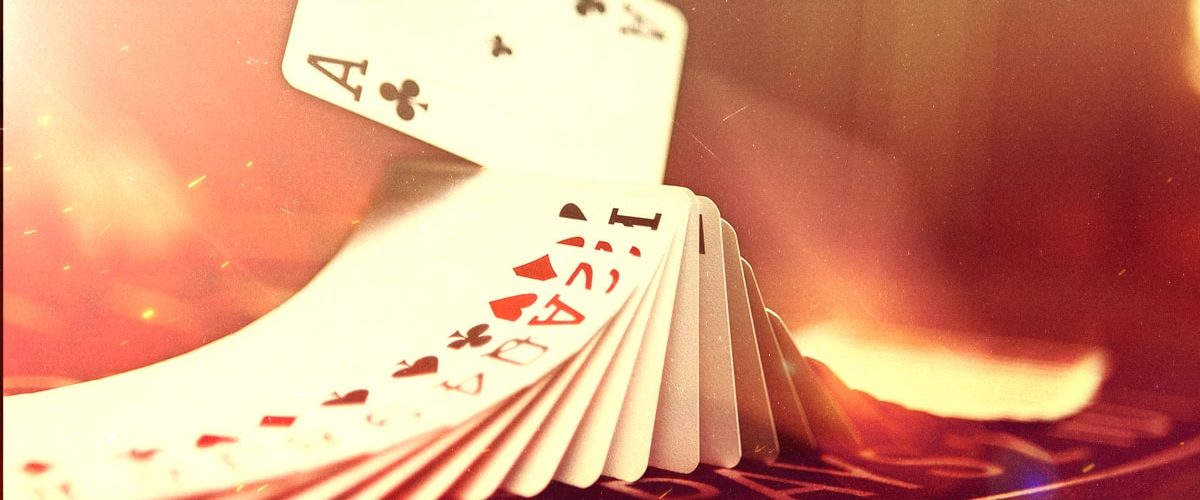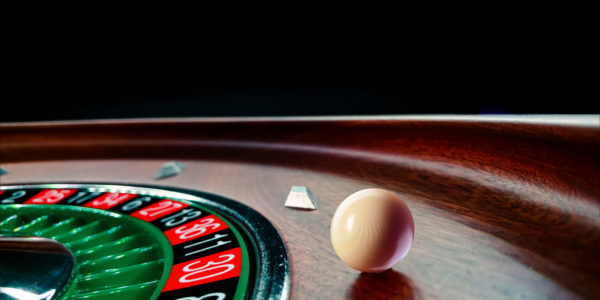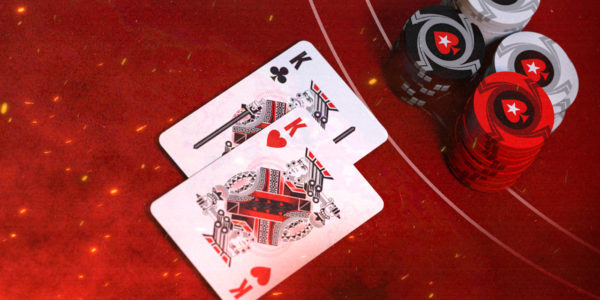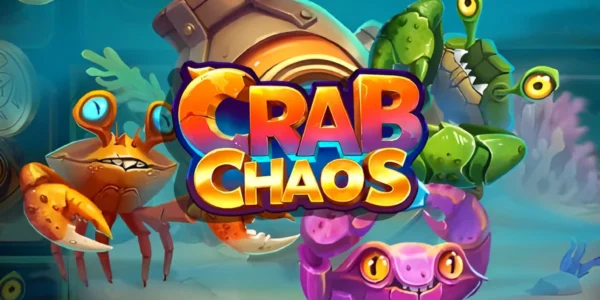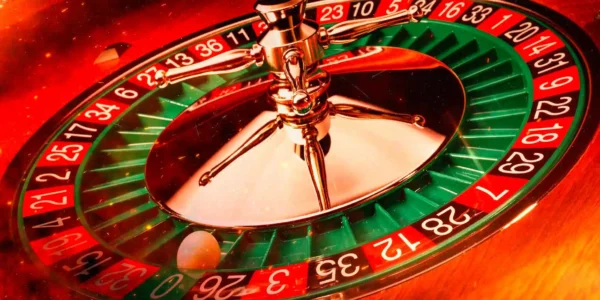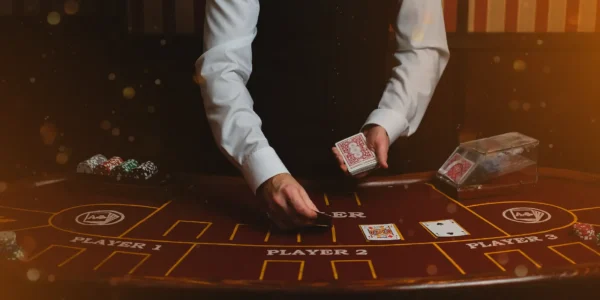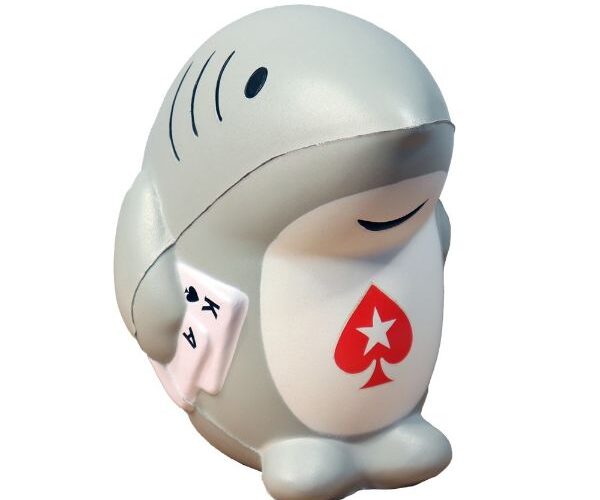The Evolution of Modern-Day Playing Cards
A lot has changed in the world of casino games since they were invented in Asia and the Middle East, migrating first to Europe and then the US before being turned into the games we play today. However, some aspects of these games have remained steadfastly the same for centuries. One of these is the humble playing cards, which remains an integral part of everything from Blackjack to Baccarat.
Such longevity does not come about by chance – it has taken hundreds of years for playing cards to become indispensable for any land-based or online casino.
The Journey of Playing Cards
Here, we detail the journey that playing cards have taken through the ages, from the Ancient Chinese Tang Dynasty all the way to the digital cards of today.
The Origin of Playing Cards
The earliest known playing cards are believed to have originated in China during the Tang Dynasty (618–907 AD). These early cards were quite different from what we recognise today, often resembling paper money or dominoes.
Unlike modern decks, which contain suits, numbers, and face cards, these ancient cards had designs inspired by currency, making them closely tied to trading.
Historians believe that these cards were derived from the practice of drawing lots or using paper slips for games of chance. Some of the earliest references to card games in China describe them as being played with ‘leaf’ or ‘scroll’ cards, which were long and thin, sometimes decorated with intricate illustrations.
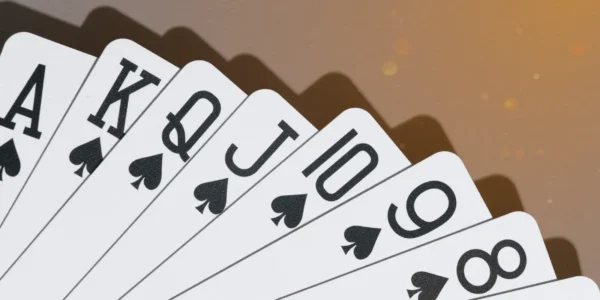
Eventually, the concept of playing cards spread along trade routes, making their way through India and Persia, where they were often circular or rectangular shapes with hand-painted designs, reflecting cultural symbols and mythology.
Middle East and European Influence
Spreading further along trade routes, playing cards travelled across the Middle East and eventually Europe, but still didn’t look like the cards we know today.
For example, if you always assumed a deck of cards was always 52, then you assumed incorrectly.
The 52-card model became standardised in the late 17th century, thanks to the influence of the French and their approach to the ever-rising-in-popularity card game arena.
But some 400 years ago in the 13th century, a Middle-Eastern-inspired game, Mamluk, ranged between 48 and 52 cards.
The Mamluk decks had suits of cups, swords, coins and polo sticks, whilst the Europeans were using not only different suits but also different deck sizes: Italy and Spain ranging between 40 and 48, whilst the Germans and the Swiss were getting their enjoyment from 36 or 48-card decks.
By the time the 15th century arrived, playing cards were widespread throughout Europe. Different countries adapted the structure of decks to fit their own gaming preferences, leading to variations in the number of cards and suit symbols. The French chose to ‘twist’ and opted for the 52-card deck or a 32-card version. They played a crucial role in standardising card decks further, by introducing the now-familiar suits of hearts, diamonds, clubs, and spades – we are getting there, but still not globally aligned!
The ever-influenced Brits adopted the 52-card French deck before the 18th century, and like sheep, the rest of the world followed.
Who knows where this playing card odyssey could venture next? But let’s continue to find out how we got there in the first place.
England 17th Century
England adopted the French-led, four-suit system but went one further by adding corner indices – a posh way to say that players could now discreetly fan their cards out, revealing just the top corner(s) to track their cards with greater subtlety.
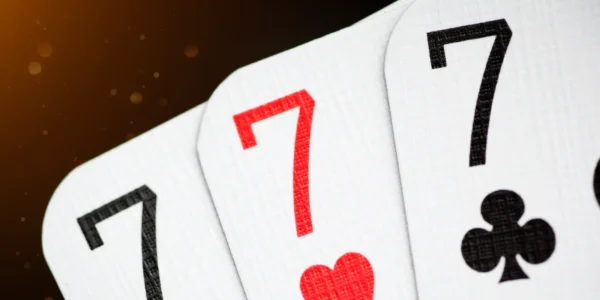
In addition, the English also replaced the term ‘knave’ for ‘jack’ – you have to assume because you’d rather have a jack in your hand than an unscrupulous man. The change was also practical, as with early card printing techniques, the letter ‘J’ was easier to distinguish from ‘K’ (king) than the original ‘Kn’ abbreviation for ‘knave.’ This modification helped reduce confusion in fast-paced card games.
It is thanks to England, too, that the honour bestowed on the Ace of Spades is taken from, thanks to a rather cool piece of history regarding tax laws.
The English government passed an Act that meant playing cards were unable to leave a manufacturing plant unless the legally required tax had been paid on them.
Due to the Ace of Spades being the top card on the deck, it was hand stamped with approval once taxes had been made.
The tale doesn’t end there, though, as in 1828, as the English government clamped down on tax evasion, and passed a law that meant the Ace of Spades for any card set could only be secured via the Commissioners for Stamp Duties.
This saw the Ace of Spades being printed with the manufacturer’s name and amount of tax paid, and this, for want of a better word, creative freedom has seen the Ace of Spades often given unique designs; a playing card blank canvas, if you will.
Jokers in the 1900s
The United States of America made their mark on the history of playing cards by adding the Joker card – sometimes the jokes write themselves. The reason for its addition was for its sole use in a card game known as Euchre, however, it evolved over time to be used in the likes of War and Crazy Eights.
As card games became more popular, the Joker took on new roles in different games, often serving as a wild card or a trump card. In poker, for example, Jokers are sometimes included as a wild card to shake up players’ strategies.
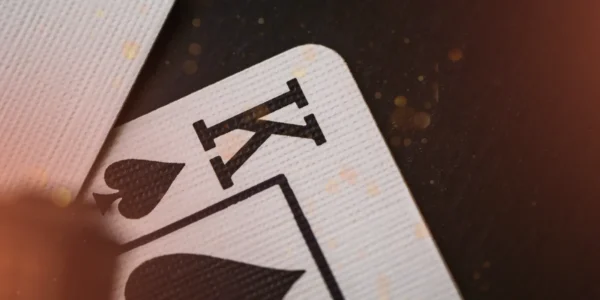
The unique character of the Joker has made it a favourite for custom decks and artistic interpretations. Unlike the other cards in a standard deck, which generally follow a uniform pattern, Jokers often feature unique and imaginative designs.
Outside of games, the Joker has become significant in pop culture, most notably in DC Comics’ Batman series, where the Joker became one of the most infamous villains of all time.
Works of Art
With the advancements of technology and the cultural relevance of playing cards, that world has seen some fantastic and unique designs and aesthetics.
Artists have been given free reign to create eye-catching decks, to more premium decks that glisten when the gold hot foil catches the casino light – it could be argued they’ve become something of a collector’s item.

The Rise of Custom and Themed Decks
Designers and artists now create specialised decks featuring intricate artwork, pop culture references, and even limited-edition releases. Brands like Bicycle and Theory11 have pushed the boundaries, creating decks that appeal not just to gamblers but also to serious collectors.
From luxury handcrafted decks to digital interpretations, playing cards continue to evolve.
The Evolution of Card Manufacturing Techniques
Playing cards have undergone significant changes since their early origins, evolving from handcrafted works of art to the durable and mass-produced decks we use today. Over time, improvements in technology and materials have transformed how playing cards are designed, printed, and distributed.
From Hand-Painted to Mass Production
The earliest playing cards were handmade, requiring skilled artisans to paint intricate designs onto each card. This made them expensive and exclusive to the wealthy elite. In the 15th century, woodblock printing emerged in Europe, allowing for the first mass-produced card decks.
By the 19th century, lithography and chromolithography further revolutionized card production. These methods enabled more detailed and colourful designs, leading to the creation of decorative decks that became popular among the middle class.
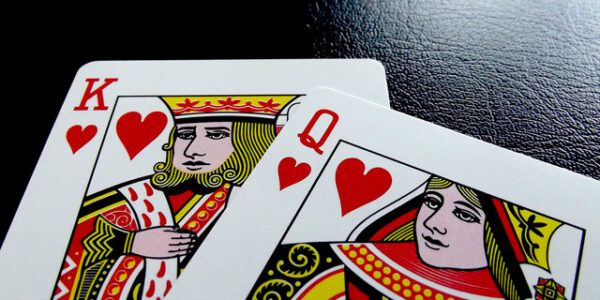
Modern-Day Plastic Cards
As card games grew in popularity, durability became an important factor. Traditional paper cards were prone to wear and tear, making them difficult to use in long-term play. To address this issue, manufacturers introduced plastic-coated playing cards in the early 20th century.
These new cards featured a thin layer of plastic coating over the paper, significantly increasing their durability and resistance to moisture, dirt, and bending. This was a game-changer, especially for casinos and professional card players, who needed decks that could withstand frequent use without becoming damaged.
The introduction of 100% plastic playing cards further improved longevity and today, many casinos exclusively use them due to their superior quality.
Additionally, many casino-grade playing cards are now produced with anti-counterfeit measures, including UV markings, microtext, and RFID chips. These features help prevent cheating and ensure fairness.
The Future of Playing Cards
With technological advancements barely scraping the surface on what is possible, it’s important the romance, the history and the tales (whether true or not) remain at the core of every playing-card decision.
But what does the future hold for playing cards? With advancements in augmented reality (AR) and virtual reality (VR), we may soon see even more immersive experiences where physical and digital cards merge seamlessly. Casino games could be played in virtual casinos with life-like dealers and AI-driven opponents, further evolving the role of playing cards in entertainment.
Whatever happens to playing cards in the future, its heritage will always remain deeply fascinating, with all areas of the world playing their part in shaping something beautiful – there’s a lesson in there.

